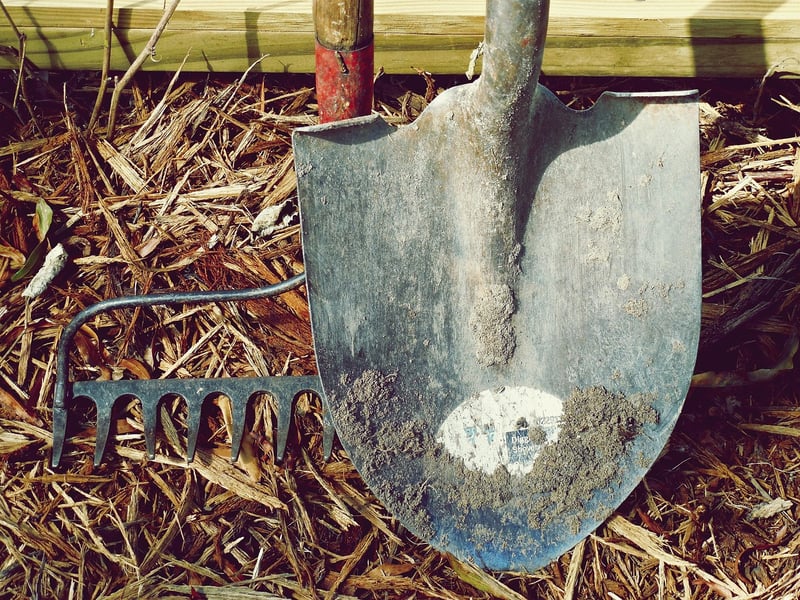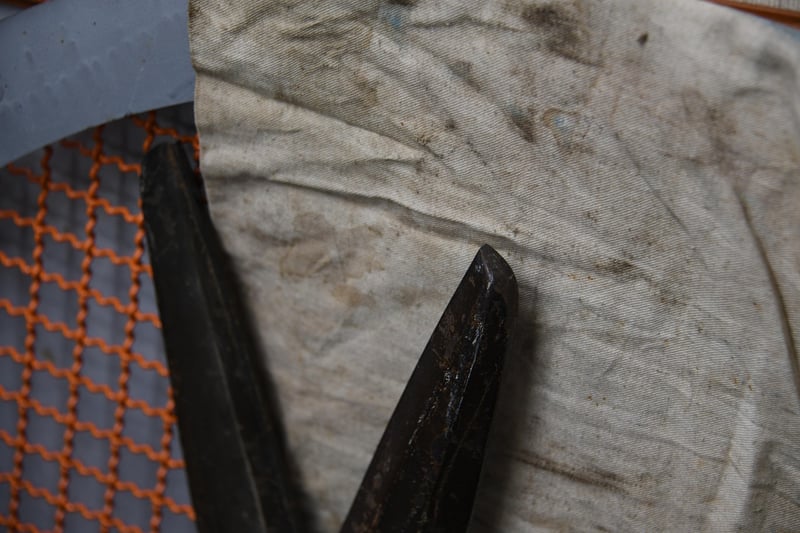Pruning Techniques
Guides for Healthy Plant Growth and Pruning Techniques
Introduction
Proper plant care is essential for healthy growth and bountiful harvests. In this guide, we will explore tips for promoting healthy plant growth and effective pruning techniques to ensure your plants thrive.
1. Soil and Watering
Choose well-draining soil rich in nutrients for your plants. Water them consistently, ensuring the soil is moist but not waterlogged. Adjust watering frequency based on plant type and environmental conditions.
2. Sunlight and Temperature
Place your plants in locations where they receive adequate sunlight based on their specific light requirements. Monitor temperature levels to ensure they fall within the ideal range for your plants.
3. Fertilization
Feed your plants with appropriate fertilizers to provide essential nutrients for growth. Use organic fertilizers for a more sustainable and environmentally friendly option.
4. Pruning Techniques
Pruning is crucial for maintaining plant health and promoting vigorous growth. Here are some essential pruning techniques:
a. Deadheading
Remove spent flowers to encourage new growth and prolong blooming periods.
b. Thinning
Thin out overcrowded branches to improve air circulation and light penetration, reducing the risk of diseases.
c. Heading Back
Cut back long stems to encourage branching and bushier growth, promoting a more compact and attractive plant shape.
d. Rejuvenation Pruning
For older plants, rejuvenation pruning involves cutting back overgrown or woody stems to stimulate new growth and rejuvenate the plant.
Conclusion
By following these guides for healthy plant growth and mastering pruning techniques, you can ensure your plants flourish and thrive. Remember to observe your plants regularly and tailor care practices to their specific needs for the best results.


